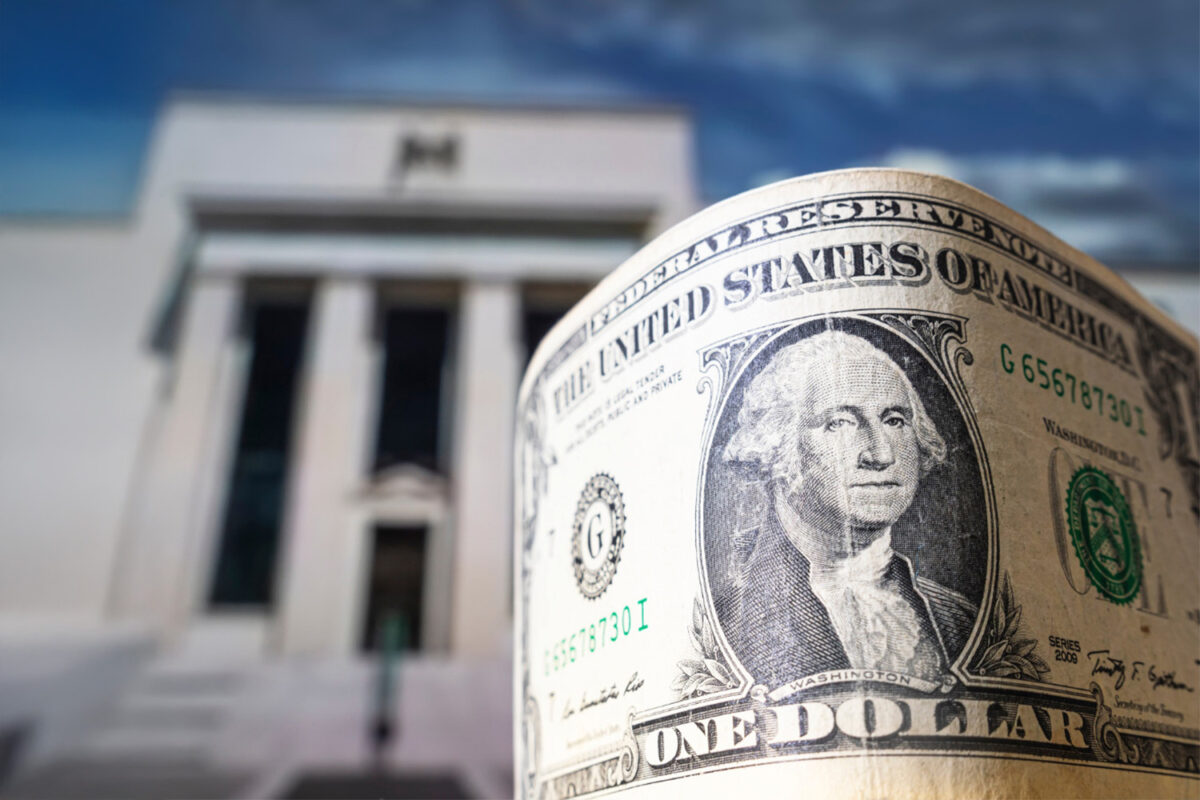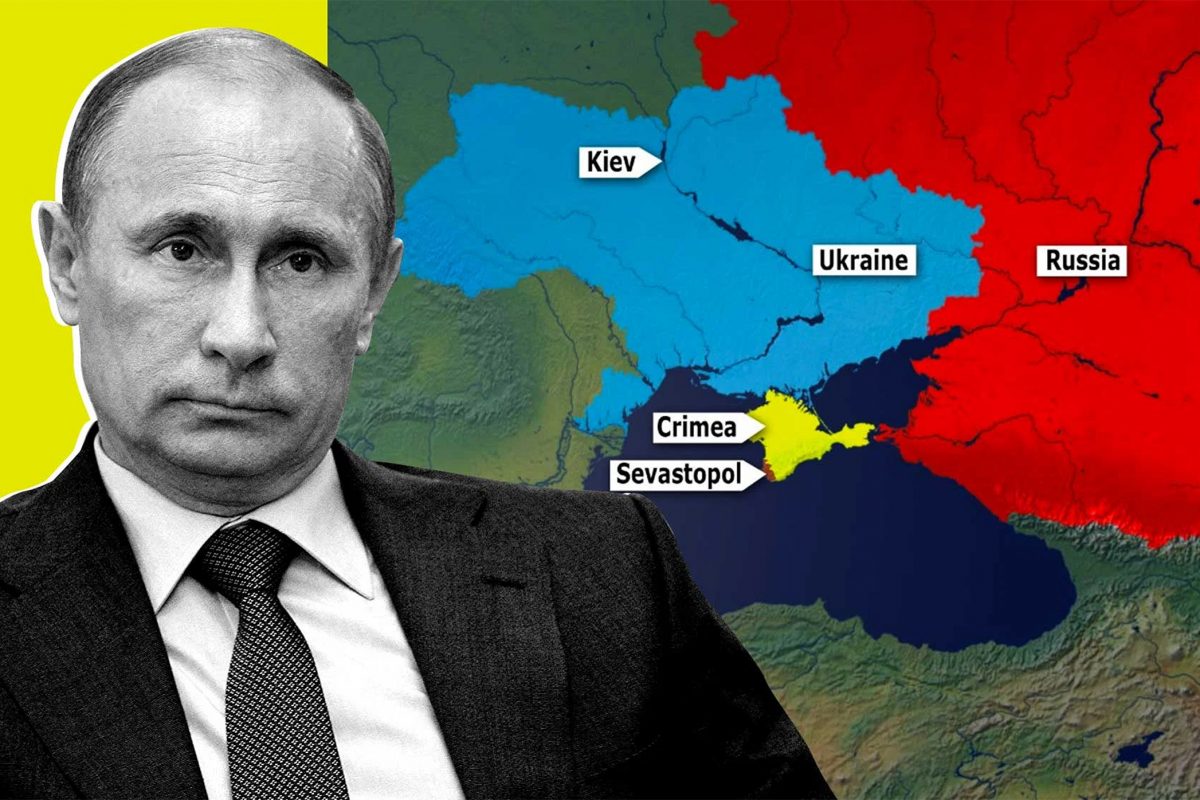This is the final part in the geopolitics of the dollar series. Read the full series here
There continues to be much talk of the dollar’s demise and over the last decade a number of challengers have emerged to lay claim to the dollar’s dominant position. There have been many proposals over the years about replacing the dollar and these have picked up steam since the global economic crisis in 2008. They have also increased as China has become a major part of the global economy. A number of major obstacles however need to be overcome in order to replace the dollar which none of the major powers are in a position to currently do.
The idea to eliminate the role of the dollar in international settlements is not new. A report released by the United Nations Conference on Trade and Development in 2010, called for abandoning the US dollar as the single major reserve currency. In 2009, Russian President Medvedev proposed a new ‘world currency’ at the G8 meeting in London as an alternative reserve currency to replace the dollar. Many nations can see the problem with America’s currency being the world’s reserve currency and the fact that energy and commodities are priced in dollars, but until now no country was powerful enough to make its currency the new global currency and replace the dollar. But now China’s rise is challenging the dominant position of the US dollar.
The Premature Rise of the Yuan
China has been speaking about replacing the dollar for some time. This is despite the fact China’s rise has depended upon its huge exports to the US, resulting in China accumulating dollar reserves in excess of $3 trillion. In July 2020, the state-owned Bank of China published a report arguing that due to the threat of sanctions from the US, China should make more international payments through her own financial infrastructure.
Many nations can see the problem with America’s currency being the world’s reserve currency and the fact that energy and commodities are priced in dollars, but until now no country was powerful enough to make its currency the new global currency and replace the dollar
China’s attempts to move away from the dollar include forming the BRICS bloc. It is trying to initiate the development of its own payment system called CIPS that would be an alternative to the SWIFT system. China also established the Asian Infrastructure Investment Bank (AIIB), as an alternative to the IMF and World Bank in 2014.
Successive US presidents placed sanctions on Iran and these sanctions penalised anyone that used dollars to purchase Iranian oil. Donald Trump during his presidency warned anyone who traded in dollars with Iran would face serious sanctions. Donald Trump in effect weaponised the dollar and this spurred China to undertake actions to stop using the dollar. In 2018, the Shanghai Futures Exchange launched its first futures contract that is open to foreign investors. This contract, a Yuan-denominated oil future, has the potential to become a rival to the dollar-denominated Brent and WTI contracts that serve as the current benchmarks.
Whilst the Yuan receives a lot of media coverage the truth is it’s not remotely close to being a global currency. In international payments the Yuan is only used in 1.22% of payments, the Canadian and Australian dollars are used more in trade. China’s economic model has for long maintained a low exchange rate and as a result China only prints limited Yuan and limits access to it to maintain its low exchange rate which helps its exports. China has many restrictions on converting its currency, it has capital controls and its currency is not freely available around the world. When China did make the Yuan fully convertible in 2010, the capital flight was so large, full convertibility was shut down. As a result, until these restrictions are removed the Yuan cannot become the world’s reserve currency and replace the dollar.
Whilst the Yuan receives a lot of media coverage the truth is it’s not remotely close to being a global currency. In international payments the Yuan is only used in 1.22% of payments, the Canadian and Australian dollars are used more in trade
New Currency?
The real challenge with replacing the dollar is there are no real alternatives, currently.
Russia’s regular announcements of replacing the dollar with other national currencies and taking oil payments in currencies other than the dollar is all due to US sanctions on Russia after its invasion and occupation of Crimea and East Ukraine in 2015. In 2017 the US used the ‘Countering America’s Adversaries Through Sanctions Act,’ placing even harsher sanctions on Russia.
Russia concluded from all this it must reduce its dependence on the dollar and it has taken some actions to achieve this, but despite trying to reduce its use of the dollar, most nations in the world do not want to buy roubles, which fluctuate widely on the currency market. Russia may be able to force nations to pay in roubles for Russian energy, but on its own the Russian currency cannot replace the dollar.
The euro is the second reserve currency after the dollar. When the eurozone was created in 1999, many predicted that the euro would overtake the dollar. Since then, the divisions among European countries have become far worse. Investors will be reluctant to put their faith in the euro for fear that the currency bloc could collapse at any moment. Although the euro is traded in huge numbers, it is mostly traded within Europe and is therefore really a local currency, not a global one. Another problem with the euro as a reserve currency is the removal of insured bank deposits. This means the EU can confiscate euro’s held in European accounts to bailout any bank. Since the Cypriote bailout in 2013, the euro as means of payment and reserve currency has collapsed.
The Japanese yen is the world’s third most traded currency. During Japan’s period of rapid growth in the 1970s and 1980s, its leaders chose to not promote the yen’s internationalization, even though many in the US regarded it as a threat. Successive recessions and the ‘lost decade’ led to the largest capital flight in world history. As a result the Japanese authorities put measures in place which made the yen not fully convertible. Japan’s prospects are not good due to its falling demographics and continued economic slump and as a result confidence in the yen is not strong enough to make it the reserve currency.
The Canadian dollar, Australian dollar, New Zealand dollar, Pound Sterling, Swedish Krona and Danish Krone, if they combined and floated a global currency, they would only be able to fulfil around a quarter of global transactions. The global reserve currency needs to be able to lubricate global trade, these currencies combined cannot fulfil this requirement.
While national currencies have served as global reserve assets, some have argued that the likeliest successor to the dollar could be an entirely new type of currency. Two developing trends, in particular, have the potential to produce non-national international currencies: the Special Drawing Right (SDR), and cryptocurrencies such as bitcoin.
The SDR functions as the internal money of the IMF. It derives its value from a basket of five major currencies: the dollar, yuan, euro, yen and pound sterling. Countries have SDR accounts at the IMF, and they can credit and debit one another using the SDR if they wish to. The fund makes decisions around the basket, such as which currencies are included and what measures to use to calculate its value. In recent years, a proposal emerged to develop the SDR into a currency that could be used by individuals and companies, as at the moment, only countries can use it.
Bitcoin was one of the early leaders in cryptocurrencies. These currencies used a complex system – a distributed ledger mechanism or blockchain technology in which users share the burden of the currency’s functioning by offering up their computer power, creating a ‘democratic’ currency that does not need a central bank to oversee it. A 2015 report showed that bitcoin insiders expected it to become the sixth-largest reserve currency by 2030. But ever since the value of Bitcoins currency has fluctuated wildly due to its volatility and El Salvador the only nation adopting Bitcoin has not proven successful as its national currency, confidence in cryptocurrency to replace existing fiat currencies is far off.
Both the SDR and bitcoin face a similar issue: a lack of agency. They both remove a central authority from controlling the issuing of the currency but neither provides the backing that can be afforded by the world’s superpower.
The dollar will continue its global position until another nation can internationalise its currency and make it an alternative. Whilst this may seem far off, the US economic situation is rather precarious with its expanding debt, current account deficit and regular government shutdowns. An opportunity may very well arise where an overstretched US facing significant domestic divisions is surprised by another nation quickly increasing its global role and placing its currency in a central position within the global economy. Replacing the dollar therefore becomes more a political issue rather than just an economic one.




